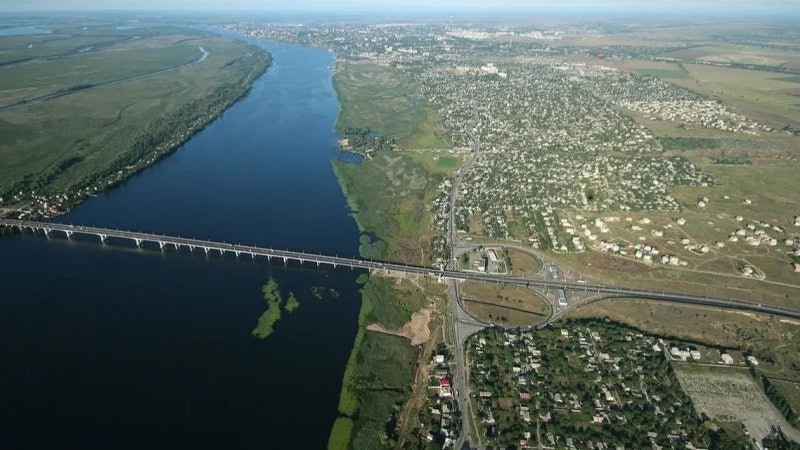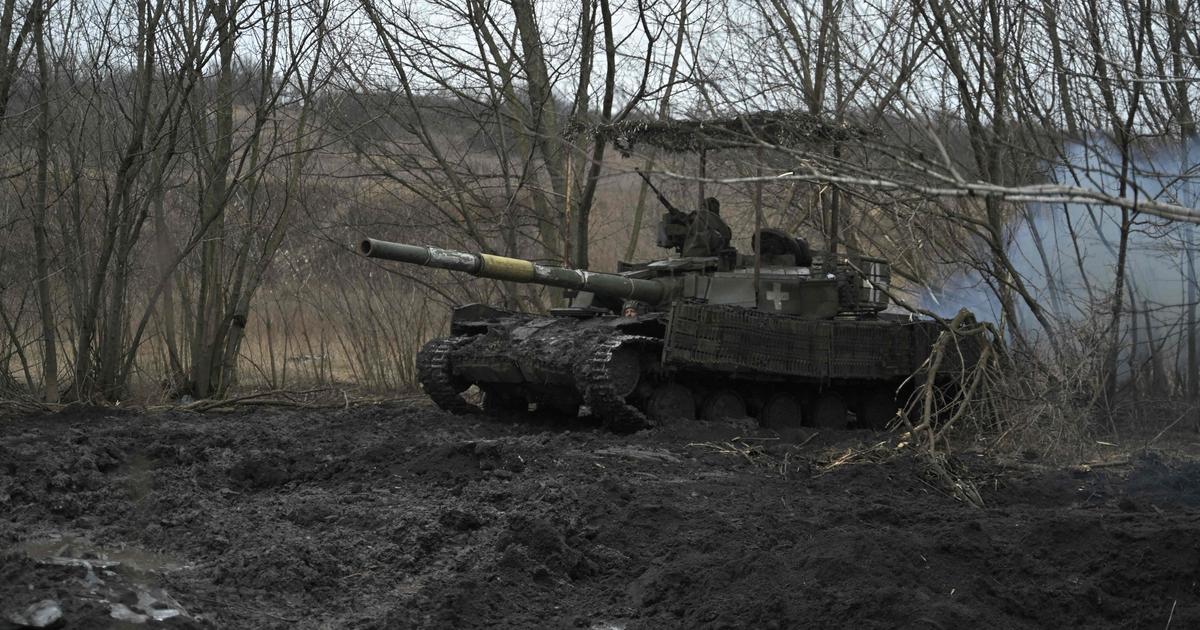The Russo-Ukrainian war has been on for more than 155 days and has become a slowly evolving normalized war, like the trench warfare of World War I.
In the era of Internet information explosion, people gradually accepted that the Russian-Ukrainian war was only one of the background factors of international events.
However, behind the seemingly unchanged battlefield map, there have been two recent changes worth noting.
These two changes are largely caused by the "HIMARS" multiple rocket launchers provided by the United States. On Monday (July 25), the United States decided to provide 4 more HIMARS to make The number of Haimas owned by the Ukrainian army increased to 16.
One such shift was on the Donetsk front in Udon.
The Russian army's previous offensive, which had relied on intensive artillery bombardment, seemed to have been stopped by Haimas' counterattack.
Russia loses its artillery firepower advantage?
A month or two ago, during the offensive and defensive battles in Severodonetsk and Lysychansk, the last two Ukrainian-controlled cities in Lugansk, the Russians sent the necessary supplies for Ukrainian reinforcements. The road was within the range of artillery bombardment. At that time, the Ukrainian army without Haimas was difficult to counterattack. As a result, the front defenders had to deal with the invasion of the Russian infantry alone. In addition, the Russian artillery used ten times the firepower of the Ukrainian army. Fang soldiers suffered serious casualties, and eventually the two cities fell. After falling to the Russian army at the end of June and early July respectively, Luhansk fell completely.
The emergence of Haimas has changed this situation.
Haimas has a range of up to 80 kilometers, each 6 missiles are GPS-guided, and can be quickly removed after launching to avoid counterattacks, enabling the Ukrainian army to effectively strike targets behind the Russian army.
Since the Russian army lacks high-standard ammunition, it mainly wins by "quantity", and the main force relies on railways to transport armaments. It is often necessary to concentrate the ammunition in the ammunition depots around the railway, which has become the main target of Haimas.
The Ukrainian side recently claimed that it has successfully attacked 50 ammunition depots and some command centers.
Although the Russian side claimed to have destroyed four Haimas launchers and a loading vehicle from July 5 to 20, and also claimed to have destroyed 100 Haimas missiles on July 27, the analysis from satellite monitoring shows that Look, after Haimas was sent to the front line, the artillery shelling of the Ukrainian and Eastern Russian troops, which can be observed by NASA's global fire monitoring system, has indeed been greatly reduced.
Image produced by the Institute for Warfare (ISW), a Washington-based think tank, using NASA's Global Fire Surveillance System.
Since the outbreak of the Udon Bass War, the unusual fire represented by the red dot has often been seen as a symbol of artillery bombardment.
As can be seen from the picture above, after the Ukrainian army claimed to have successively attacked the Russian ammunition factories, the "red dots" on the front line of the eastern Ukrainian front were significantly reduced.
(ISW)
Even if the Russian army occupied Vuhlehirska, Ukraine's second largest power plant in the Donetsk region on the 27th, without the assistance of artillery fire, the Russian army would have to break the Ukrainian side's Seversk-Bakhmut in Donetsk ( The Siversk-Bakhmut line, and the sister city of Slovyansk-Kramatorsk, will have greater difficulties than the Sidonek and Lysichansk.
In fact, nearly a month since the capture of the entire Luhansk region, the Russian army's frontline advancement has been extremely slow, and it seems unlikely that it will achieve its goal of publicizing the entire territory into Russia on September 11 (Russian unification voting day).
If the Ukrainian army can not only attack the gunpowder factory in the rear of the Russian army, but also cooperate with the use of drones or suicide drones, and can attack the Russian artillery, it will most likely completely stop the Russian advance.
The second big shift is in the southern Kherson line.
The battle in Udong as of July 27.
(ISW)
Kherson counteroffensive war takes shape
The city of Kherson, located on the west bank of the Dnieper River, which divides Ukraine from the north to the south, has quickly fallen into the hands of the Russian army at the beginning of the war. At the same time, it is the only control area of the Russian army on the west bank of the river, and it is also the only state capital that the Russian army has won since the start of the war.
The city has become the object of a Ukrainian "step by step" (Zelensky) counteroffensive to demonstrate to the outside world that Ukraine is capable of retaking Russian-occupied land.
The reason why the Russian army was able to quickly conquer Kherson in early March was mainly because the Ukrainian security personnel accused of secretly communicating with Russia did not succeed in blowing up the Antonivskiy Bridge across the Dnieper River, and the Russian army retreated before the Russian army was ready. Can easily cross the river to occupy.
But after the Russian army occupied Kherson, the bridge became a strategic weakness on the battlefield - the Russian army's supplies almost depended on the bridge's traffic.
Antonivskiy Bridge location.
The appearance of the Haimas cannon on the battlefield gave the Ukrainian army the opportunity to attack the bridge.
The Ukrainian army has attacked the bridge three times in the past ten days, in an attempt to cut off the Russian army's land supply in Kherson, forcing the Russian side to use the waterway across the river, making it an easier target for the Ukrainian army to attack.
As of Wednesday (27th), Kirill Stremousov, the deputy head of the Kherson region designated by Russia, publicly admitted that the bridge was attacked by Haimas and was no longer passable. and repair the bridge in the short term.
At the same time, the dams located further upstream from Kherson for the supply of water to Crimea were also attacked by the Ukrainian side.
As for Kherson, the Ukrainian army has actually carried out a counter-offensive for several months, only to achieve a stalemate.
But the appearance of Haimas seems to be turning the tide of the war, making the Russian army, which already lacks troops, have to deploy troops to deal with it.
Ukraine said on Wednesday that Russia was deploying large-scale troops on the southern front where Kherson is located.
If this is true, the Russian side's advance in Udon Donetsk will be even more sluggish, and the Russian army's overall action will also change from offensive to strategic defense.
Kherson's offensive and defensive battle is on the verge of breaking out, becoming another major battlefield outside the Udong Donbass, and its victory or defeat will determine the future direction of the Russian-Ukrainian war.
Zelensky fired high-ranking officials one after another, the current time bomb of Ukraine's domestic political situation?
Ukraine will ship the first batch of grain from the port of Black Sea Village this week. Russia admits that the damage to the military facilities in the port of Odessa is not serious. Ukraine still plans to export grain to Ukraine. Battle of Kherson: Ukraine's key test for Russian counterattack













